Next in our series about overcoat & topcoat styles is the Polo Coat.
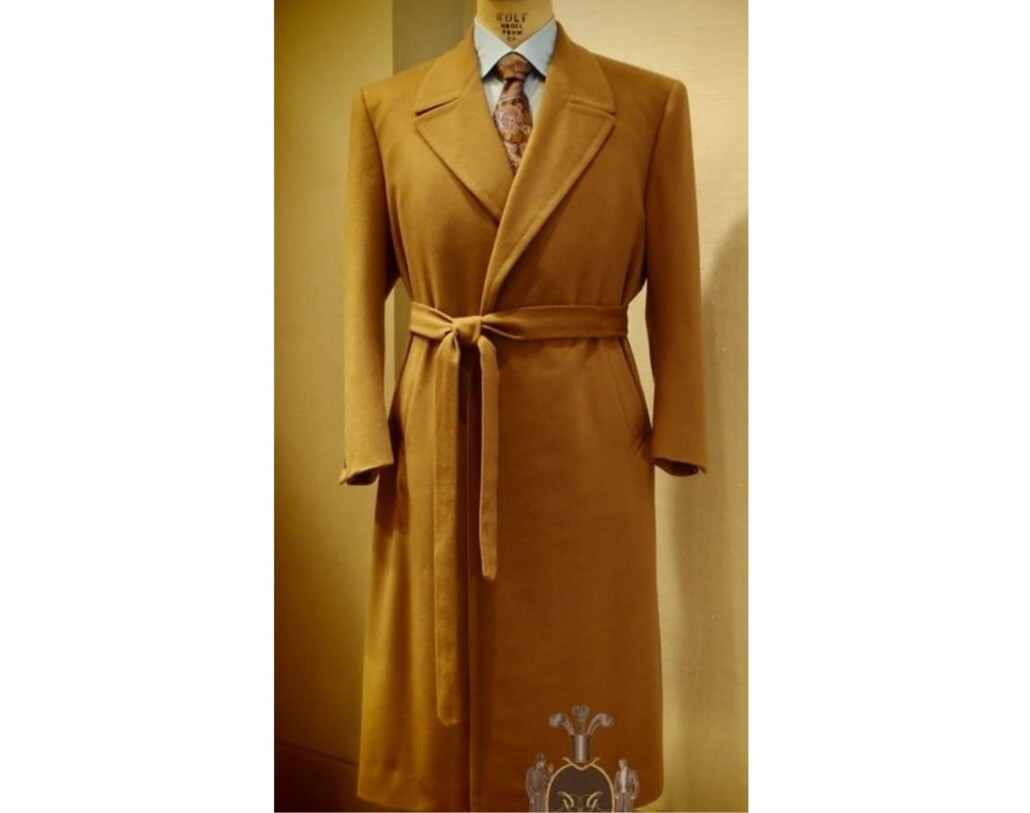
History of The Polo Coat
Originating in England, the Polo coat refers to the loose-fitting, casual style of overcoat that was originally worn by polo players in between chukkers – hence it became known as the Polo Coat or Wait Coat. Originally, a polo coat was made out of camel’s hair and was designed as a wrap coat. Instead of buttons, it simply featured a belt.
Before WWI, polo arrived in the US and when players wore their coats after games, the polo coat was adopted by spectators and fashion leaders alike. In 1926, the camel hair coat became particularly popular with college kids in Princeton and Yale, and a few seasons later, it had conquered the United States entirely. By the late 1920s, almost any Ivy League undergrad counted a Chesterfield as well as a Polo Coat wardrobe staples.
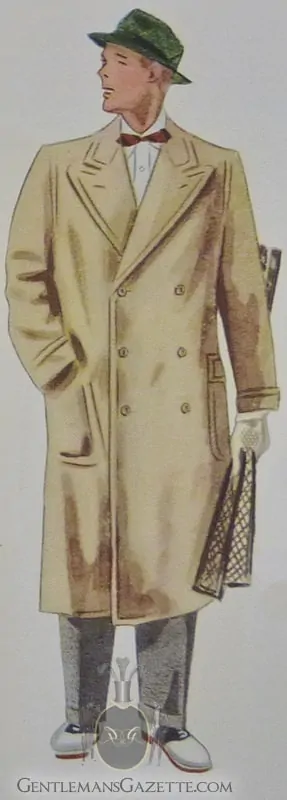
In December 1928, the famous Men’s Wear magazine remarked: ” While the vogue of this style [Polo Coat]with the best dressed men of the world is indisputable, it is only getting started, so far as national popularity is concerned. By promoting this style for fall and next spring in the medium weight material, which is really an all year round proposition, merchants will not only increase profits, but enhance their style prestige” .
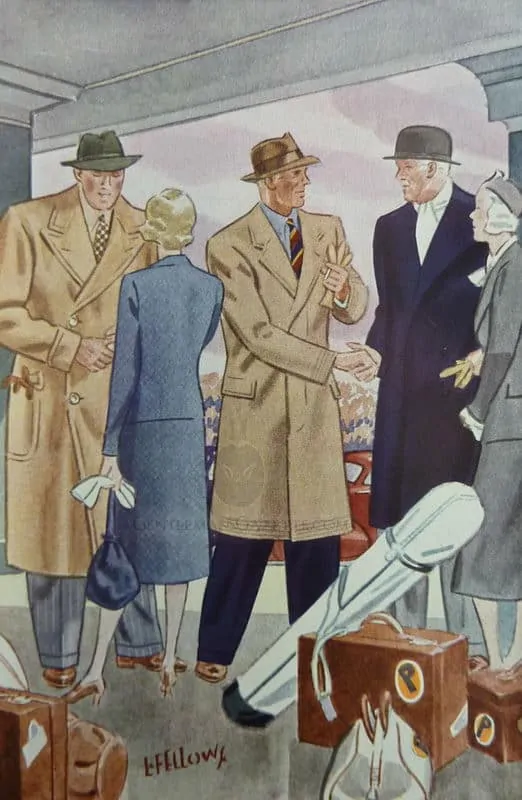
In November 1929, at the Yale-Princeton football game the camel hair coats worn by the spectators far outnumbered traditional raccoon overcoats, and given the sartorial importance of this event, the Polo Camel Hair Coat had certainly made its mark.
Overall, the polo coat was the overcoat that had the biggest impact on men’s fashion in the US between 1920-1930.
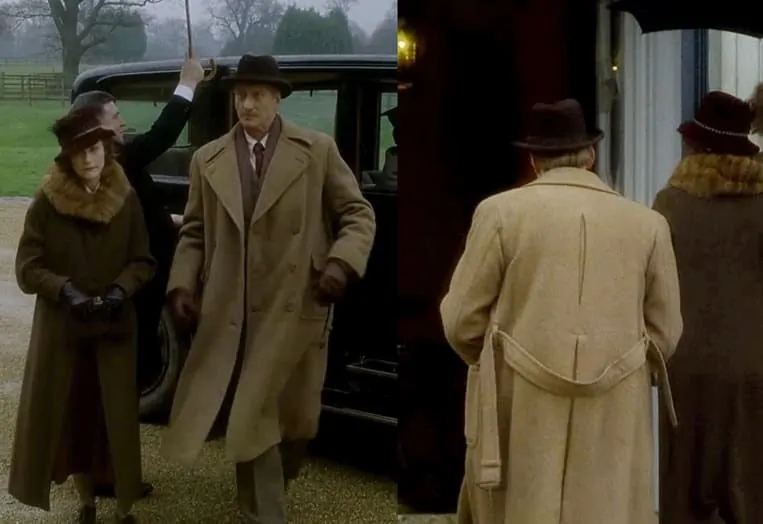
In the 1950s, the once-ubiquitous Camel Hair Coat was overshadowed by the emergence of the all purpose raincoat with a detachable lining, and the subsequent loss of popularity meant that it could no longer be easily found in stores. As such, it could only be found in the wardrobe of the style-conscious men who deliberately sought to add this classic piece to their repertoire. It resurfaced again briefly in the mid 1980s, but it never became as popular as it was during the 20’s.
Polo Coat Style Features
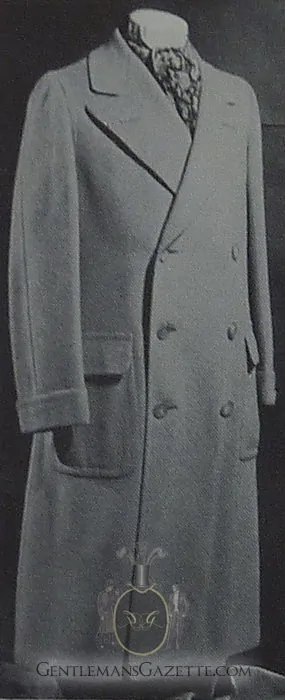
Unfortunately, pure camel hair fleece wears out rather quickly on hems, cuffs and collars. Therefore, Camel’s hair fabric is often blended with 50% virgin wool. You may also find blends with nylon, but these may be inferior because of the use of camel guard hair instead of fleece.Unfortunately, the Polo coat was initially worn only by polo players, and so the exclusivity of the original leaves us with little documentation of it’s true features. Once the public caught on, the belt of the wrap coat was enhanced with a button closure, and the 6 x3 double breasted model with a half belt, set-in sleeves, Ulster collar and patch pockets was considered to be the classic polo coat. As always in fashion, a number of variations evolved, among them a single-breasted camel hair coats , raglan sleeves, full belts, no belt, peaked lapels, cuffs or eight buttons instead of six. Some Polo coats also had an inverted pleat in the back. With all these modifications, the Polo Coat became very similar to the Ulster overcoat.
Camel’s Hair Fabric
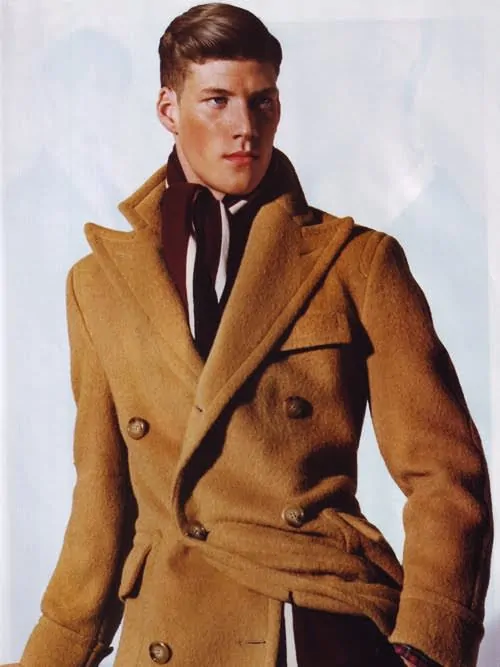
Camel’s hair is a woven fabric made of yarn that consists of fibers from the Bactrian camel, a special long-haired species with two humps that is native to central Asia, but is presently produced in China, Mongolia, Afghanistan, Iran, Russia, New Zealand and Australia.
The best quality of camel hair fiber is derived from the fine fleece undercoat grown under the camel’s shaggy outer coat guard hair. It is lightweight, soft and insulating as it has to protect the camel efficiently from extreme heat and cold.
Camel hair is often seen in its natural golden tan color, though on occasion you can also see it in black, charcoal or navy. Also, by the early 1930’s you would see patterned fabrics such as herringbone or windowpanes but this fashion did not last for very long.
Since Polo Coats were always made of camel’s hair, some people referred to it as Camel’s Hair Coat, which became a synonym for Polo Coat.
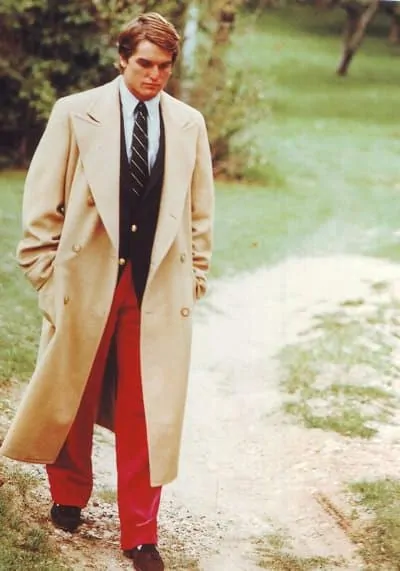
Conclusion & Where To Buy A Polo Coat
The Polo Coat is a very classic overcoat that is offered at times by Brooks Brothers, Polo Ralph Lauren and O’Connells. Otherwise, you will probably have to go bespoke in order to acquire one of these great camel hair coats!
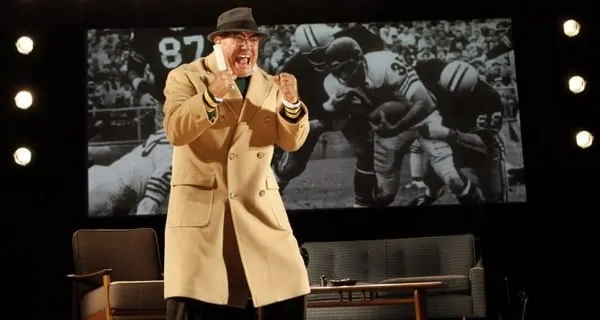
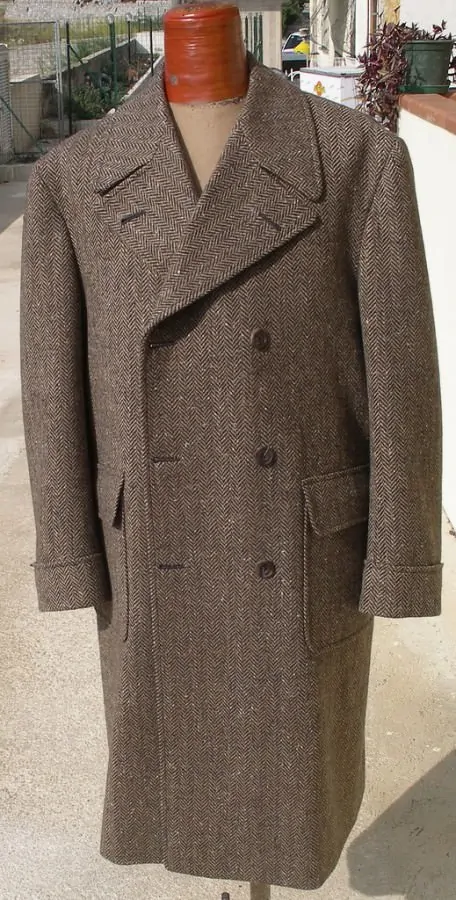
Reader Comments
Comments are closed.